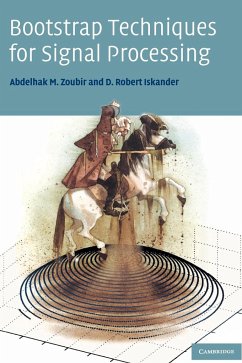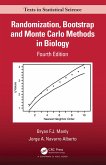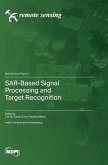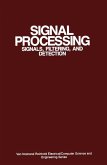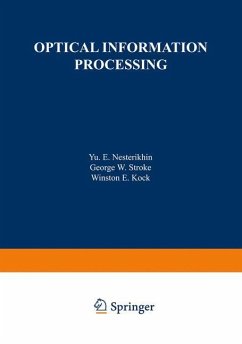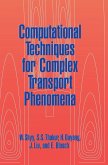An introduction to the use of the bootstrap in signal processing.
The statistical bootstrap is one of the methods that can be used to calculate estimates of a certain number of unknown parameters of a random process or a signal observed in noise, based on a random sample. Such situations are common in signal processing and the bootstrap is especially useful when only a small sample is available or an analytical analysis is too cumbersome or even impossible. This book covers the foundations of the bootstrap, its properties, its strengths and its limitations. The authors focus on bootstrap signal detection in Gaussian and non-Gaussian interference as well as bootstrap model selection. The theory developed in the book is supported by a number of useful practical examples written in MATLAB. The book is aimed at graduate students and engineers, and includes applications to real-world problems in areas such as radar and sonar, biomedical engineering and automotive engineering.
Table of content:
Preface; Notations; 1. Introduction; 2. The bootstrap principle; 3. Signal detection with the bootstrap; 4. Bootstrap model selection; 5. Real data bootstrap applications; Appendix 1. MATLAB codes for the examples; Apendix 2. Bootstrap MATLAB toolbox; References; Index.
The statistical bootstrap is one of the methods that can be used to calculate estimates of a certain number of unknown parameters of a random process or a signal observed in noise, based on a random sample. Such situations are common in signal processing and the bootstrap is especially useful when only a small sample is available or an analytical analysis is too cumbersome or even impossible. This book covers the foundations of the bootstrap, its properties, its strengths and its limitations. The authors focus on bootstrap signal detection in Gaussian and non-Gaussian interference as well as bootstrap model selection. The theory developed in the book is supported by a number of useful practical examples written in MATLAB. The book is aimed at graduate students and engineers, and includes applications to real-world problems in areas such as radar and sonar, biomedical engineering and automotive engineering.
Table of content:
Preface; Notations; 1. Introduction; 2. The bootstrap principle; 3. Signal detection with the bootstrap; 4. Bootstrap model selection; 5. Real data bootstrap applications; Appendix 1. MATLAB codes for the examples; Apendix 2. Bootstrap MATLAB toolbox; References; Index.

